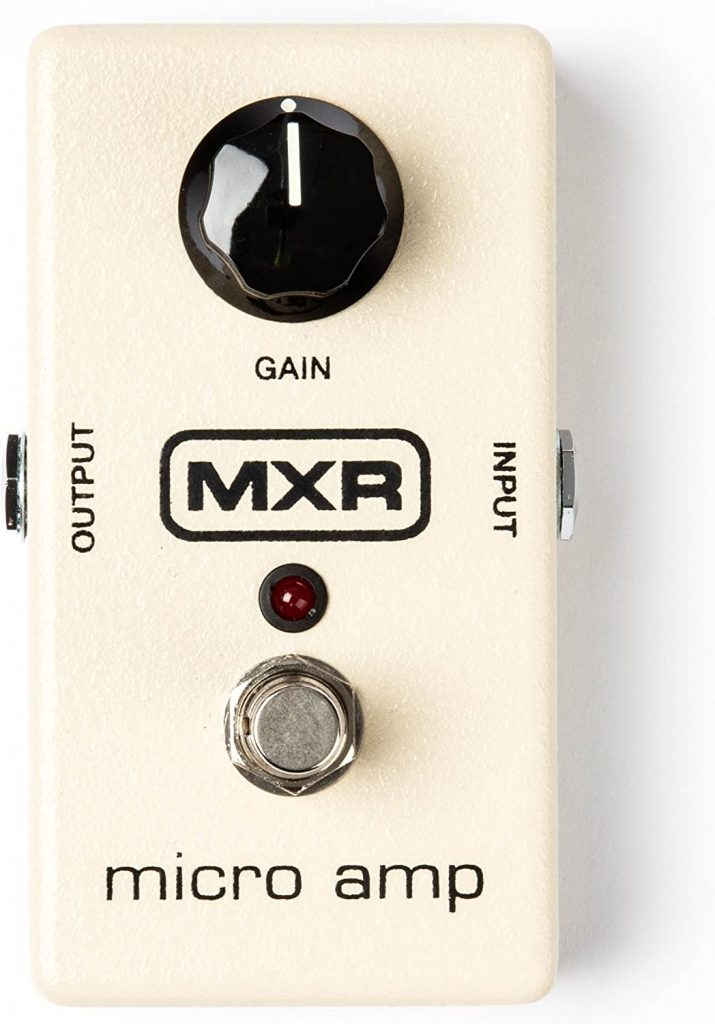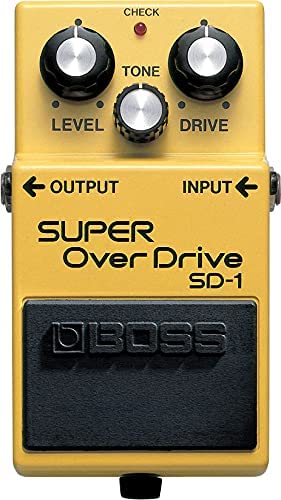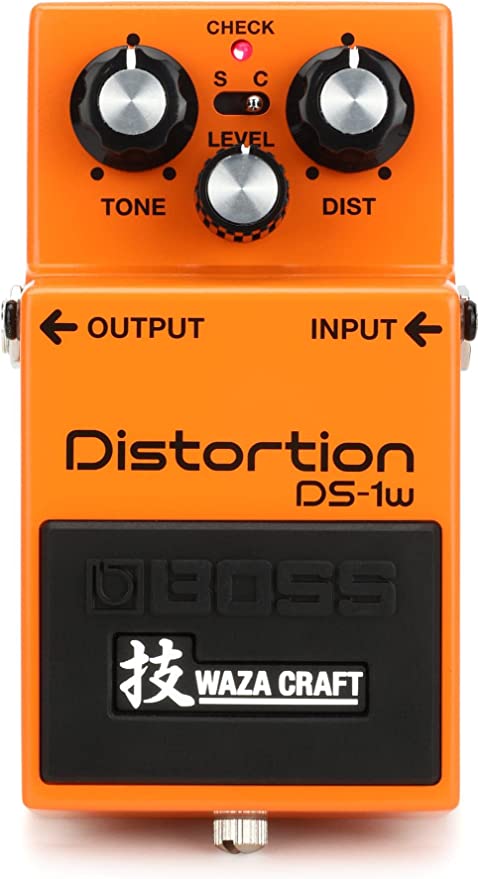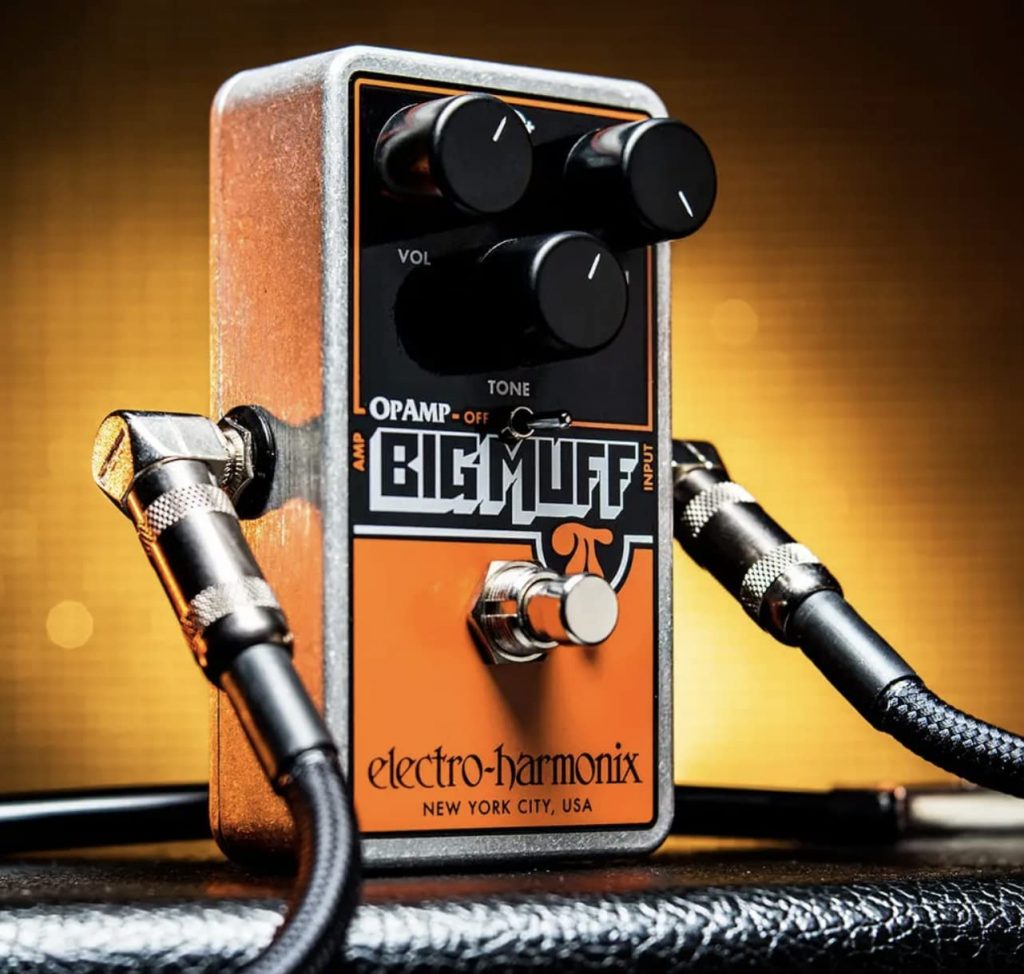Have you ever played a Marshall like a JCM 800 or a Silver Jubilee expecting it to shred only to be let down by the seemingly small amount of gain available?
If you’re like me and other players that I know you’ve had the experience of finally getting to try out a Marshall amp and finding that although the tone is incredible you just couldn’t dial it in to get modern sounding gain.
This usually leads players down the path of searching for modern high gain marshall models, and the JVM series ultimately stands out as best suited for modern metal.
But don’t be quick to dismiss models like the 800 or 2555x as not being good high gain beasts. There’s tricks to make them growl, and due to the organic, uncompressed nature of their inherent tone they can shine brighter than most “high gain” amps on the market.
How to Get High Gain Tones From a Marshall: Gain-Staging
So how do you get good high gain tones from a Marshall?
The answer is “gain-staging”.
If you don’t know what gain-staging is, it is simply stacking overdrives or distortion on top of each other until you have the distortion sound that you want.
But why do this instead of simply buying an amp made with a lot of distortion out of the box?
The answer to that lies partially in your own taste, but partially in how amps interact with other instruments in a live setting.
Many times amps that have a great high gain sound when played by themselves (in other words, played in a setting like the bedroom where there are no drums, bass or other guitarists) can sound really great. They can get very distorted, sound warm and be easy to play.
The trouble happens when you start adding in other players. Once you start adding in bass, another guitarist and drums then a lot of times those high gain monsters will get lost in the mix.
On the other hand, if you have an amp like a JCM800 or Silver Jubilee, both of which have a very lush, organic and cutting sound, and start to gain stage them, you end up with a guitar rig that sits perfectly in a mix, with distortion that reacts well to your pick attack too.
Are Marshalls Good for Metal?
Marshall amps are great for metal. Some of the best metal albums ever made were recorded with Marshall.
Legendary players like Kerry King, Zakk Wylde and Yngwie Malmsteen all played (and have signature models) of Marshalls.
Marshalls can get as heavy as any amp out there, and in my experience have a presence in their tone that is undeniably in your face and raucous.
As mentioned above, with gain staging you can craft your Marshall amps distortion into a unique sound that fits your style, your pickups and your speakers to your taste.
This is the truly great thing about Marshall’s, their ability to provide a very articulate and organic base of tone for you to craft your sound on top of.
Just listen to some of these videos:
So, How Do I Gain-Stage My Marshall?
There are several methods of gain-staging a marshall amp. You can do it by dialing in a great clean tone on your amp and adding distortion pedals on top of your clean sound, or you can dial in as much distortion as the amp provides and then pushing it further with a clean boost or over drive pedal, or one of the most popular ways is to dial in an “edge of breakup” sound and then using various overdrive pedals to get different flavors of distortion.
What is the “edge of breakup tone”? It is basically dialing in just enough distortion on your amp so that if you strum your guitar lightly then it sounds clean, but if you strum harder then it start to get a bit dirty. This is a fantastic base to build your distortion sound on.
Paul from the Studio Rats does a great job of explaining it here:
What are some standard overdrives that players use to gain stage their amp?
One of the first things you can try in order to push your amp harder is a clean boost. A clean boost will boost the signal from your guitar to the amp, which will cause the amplifier to clip earlier than an un-boosted signal. A pedal like the MXR Micro Amp sounds fabulous with Marshall amps if you’re looking to add just a tad bit more boost and harmonics to your tone. SImple to use, it has only one knob, gain, which you can set to your liking, but tends to sound best between 11 and 1 oclock.
The next stage in gain staging may include an overdrive pedal, to be used with or without the clean boost mentioned above. The tried and true overdrive pedal for Marshall amps is the BOSS SD-1. The SD-1 adds a bit of overdrive and distortion,cuts the bass slightly, but doesn’t fundamentally alter the tone of the amp, which makes it an incredibel overdrive pedal for pushing your amp into higher gain territory without compromising tone.
The next step in gain-staging is to forego the overdrive and head right into using full blown distortion pedals. You can experiment with the following pedals either into a clean amp, or an edge of breakup amp to dial in some gorgeous distortion sounds.
The BOSS DS-1 is another staple of Marshall gain-staging tricks:
If you’re looking for more a Fuzz tone, then you can’t beat the Electro-Harmonix Big Muff Pi (Op-Amp). This was made famous when it was used on the Smashing Pumpkin’s album “Siamese Dreams”, on which were recorded some of the most sought after guitar tones in music history.
You can hear some examples here:
So to summarize, do Marshalls do high-gain? The answer is definitely. The sky’s the limit when it comes to crafting your dream distortion tones when you use a Marshall amp and apply the concept of gain-staging to it.



